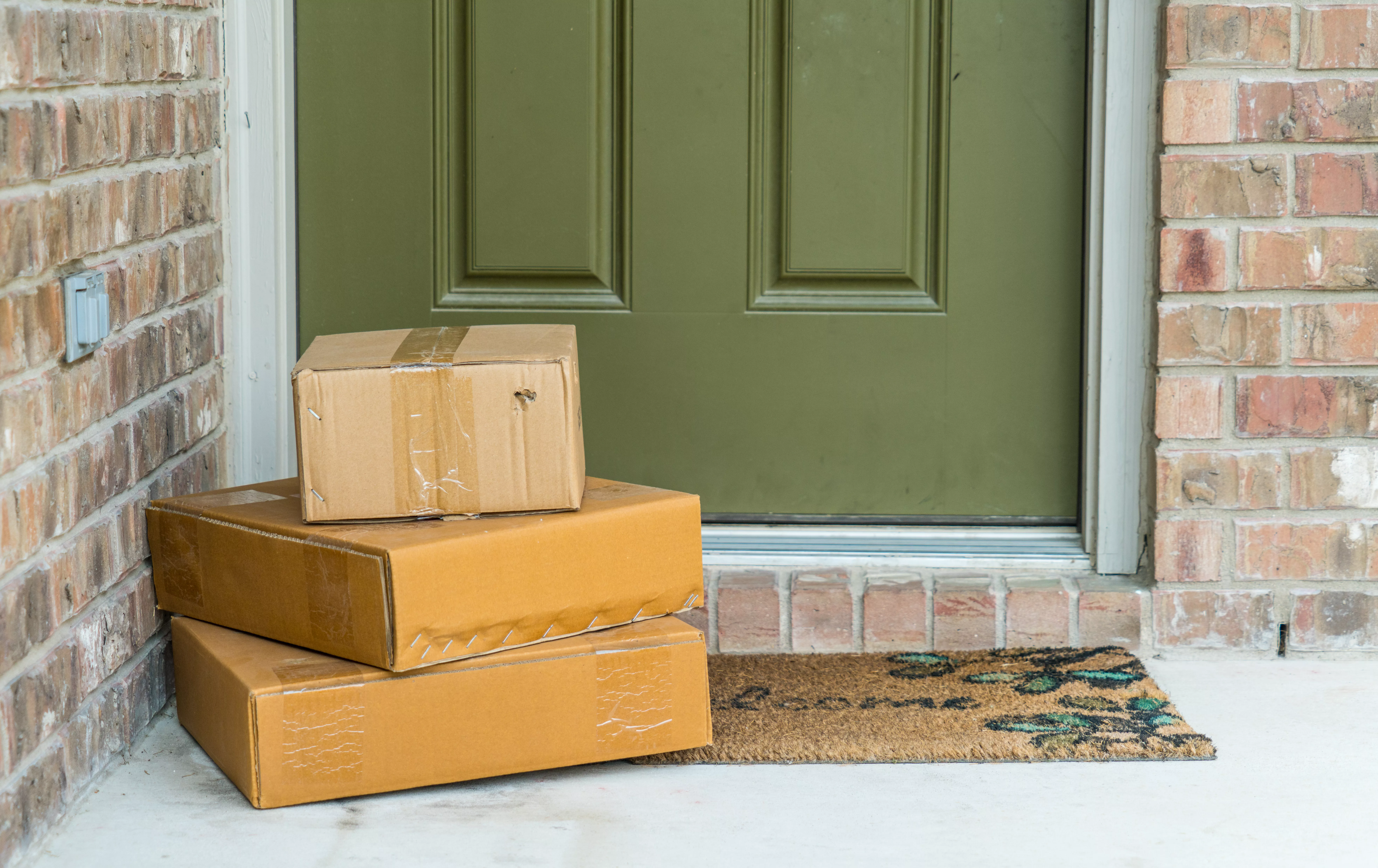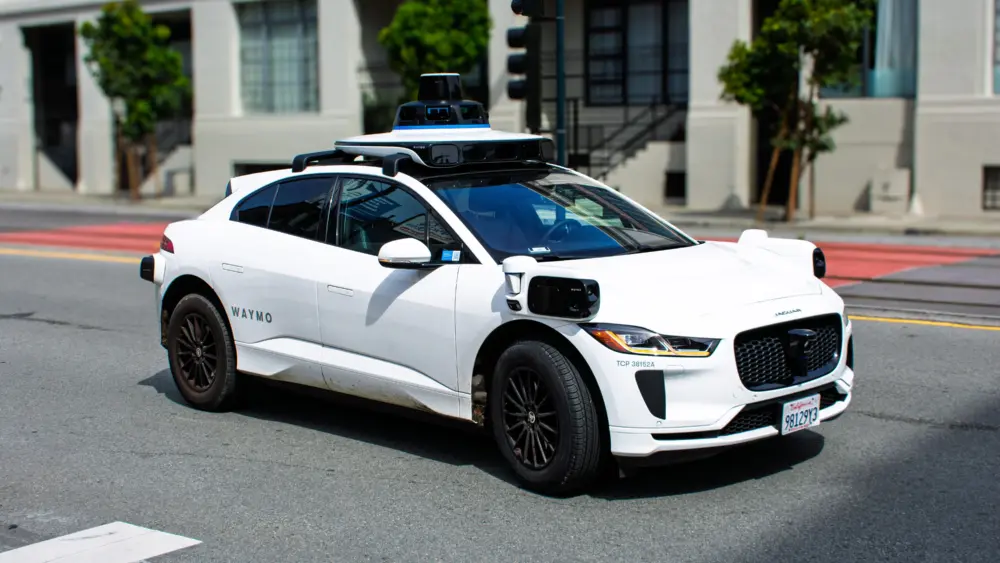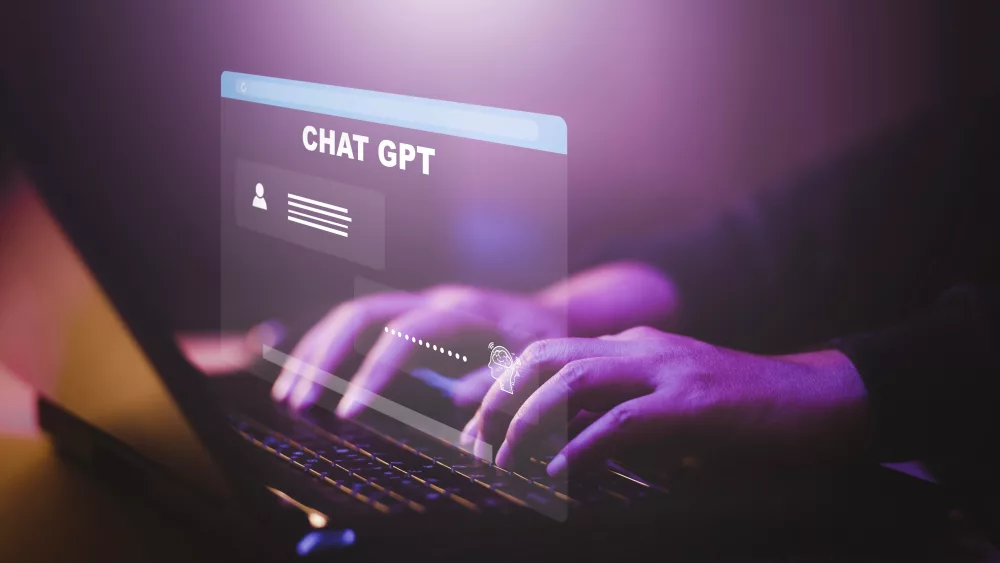
My nephew and his wife bought a new iPhone for her mother, configured it all for her, packed it inside a different package and sent it off to her in Florida via Federal Express—insured, with a signature required. But, when the package arrived, there was no iPhone to be found. It had been stolen en route. All that remained was an iPhone box that had been torn open. They did, however, leave the charging cable.
The ironic thing is that the measures intended to protect the package—insurance and a signature—basically scream that the package contains something worth stealing. Since the package was insured, my nephew and his wife are only suffering the loss of the time needed to configure the phone, and the hassle of having to collect the insurance and try again. Apparently, this sort of theft is not uncommon, nor is it limited to Federal Express.
As a consumer, there’s not much you can do. After my nephew’s gift was stolen, he filed a claim with FedEx, called Verizon to report it stolen (so that its International Mobile Equipment Identifier—IMEI—cannot connect to the cellular network), and locked it remotely via Apple’s “account recovery” facility. That means even if the thief has the password, the phone will display “Account Locked to Owner” and refuse access.
If you own a business that ships valuable items, you’re in much the same boat. After insurance, and requiring a signature on arrival, the only choice you have is which carrier (typically the U.S. Postal Service, Federal Express, or United Parcel Service) is least likely to steal your goods in transit. Unfortunately, none of the carriers appear to disclose this embarrassing statistic.
With the latest release of iOS (17.3), Apple added a new feature called Stolen Device Protection, which requires “biometric authentication” (face or touch ID to ensure it’s really you) for certain actions (like viewing credit card information or changing some settings). It also adds a security delay if you are using your iPhone in an unusual location before you can change critical security settings, so you have time to report your phone as stolen before thieves can change things. At present, Android phones don’t have an equivalent feature.
Like other protection features on smartphones (which I discussed in my December column, available online at northbaybiz.com), Stolen Device Protection needs to be enabled before your device is stolen. It’s easy to do: Under Settings, tap “Face ID and Passcode” and then scroll down to “Stolen Device Protection” to toggle it on. If you don’t see it, you will also need to enable Two-Factor Authentication (2FA) on your phone (that’s why Apple doesn’t just enable it by default). Setting up 2FA is straightforward, but beyond the scope of this column. As always, Google is your friend (“how do I set up 2FA on my iOS device”).
A more common problem is “porch piracy,” where thieves remove packages that are left unsecured on the recipient’s front porch. Unfortunately, it’s hard to find statistics on the exact magnitude of the problem. I saw estimates of 20% to almost 70% of people who have experienced such thefts, some multiple times. But it’s clearly a common experience. Rural families tend to experience it less often than cities and suburbs because the density of houses makes it easier to find targets. In some cases, thieves just follow delivery trucks on their routes. Google has lots of suggestions for deterring porch pirates, but this guy took it to the next level (a fun, eight-minute video): youtu.be/xoxhDk-hwuo.
And on a larger scale, the New York Times magazine recently published an article titled “The Great Freight-Train Heists of the 21st Century,” documenting how thieves target entire freight cars worth of expensive goods. Just like insurance and “signature required” on a single package, one repeat offender “divulged how he learned to decode the containers stacked on freight trains through his repeated break-ins… An upgraded lock was a sure sign of more valuable content.” It’s an interesting story of how the rise of e-commerce has changed the world in an unexpected way (Alas, NYT gift articles only last 30 days, so this links to the regular article: tinyurl.com/3vs2meu3)
As you might remember from last month’s column, my wife and I have committed to a year of improving our health. For me, that means losing some weight, drinking more water and being more active. Although weight loss is only part of the goal, I’m pleased to report I’ve lost 10 pounds. My only tools are the premium version of the MyFitnessPal app ($79.99 annually – worth it because you can scan barcodes to enter nutrition information with the premium version), a Withings scale that connects to the Internet (giving me friction-free logging of my daily weigh-in), and an Excel spreadsheet (to compare my goal weight loss of 2 pounds a week with my actual performance). Tune in next month for another progress report, and thanks for helping me stay accountable!
Author
-

Michael E. Duffy is a 70-year-old senior software engineer for Electronic Arts. He lives in Sonoma County and has been writing about technology and business for NorthBay biz since 2001.
View all posts



